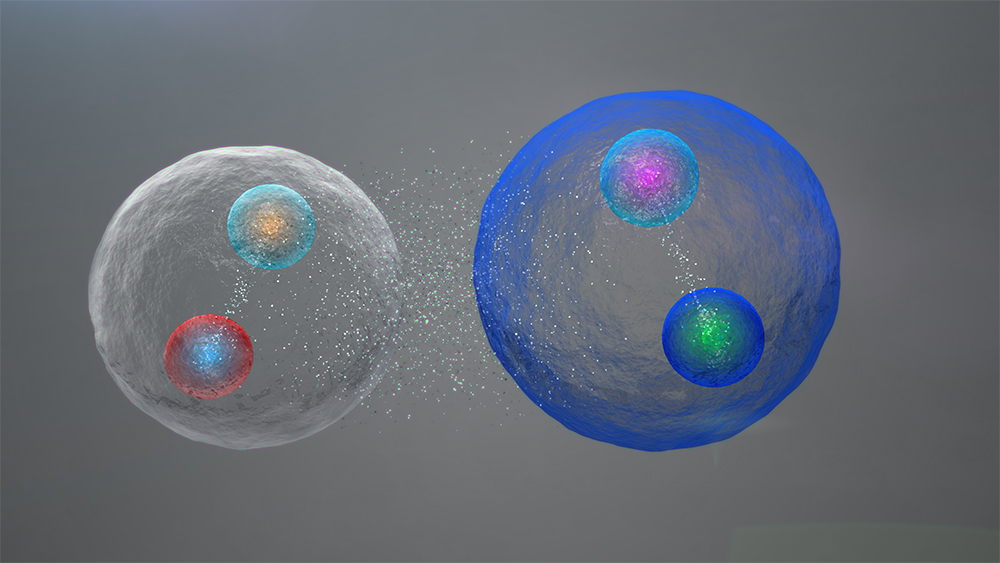The Indus river is a very important river in Asia. It is a large river that flows mainly through Pakistan. Five thousand years ago, a group of people came and settled on the banks of river Indus. Why on the banks of a river?? Food was the biggest concern for people in ancient times and the river banks provided fertile lands for farming. This group of people thrived in this land and went on to become the biggest civilisation known as ‘Indus Valley Civilisation’.
Indus Valley civilisation is also one of the most popular civilisation because of their tremendous town planning with excellent drainage system. The drainage system they had then is even more efficient than those present in many areas of Pakistan and India today. The Indus cities had dockyards, granaries, warehouses, and protective walls. Dockyards to park boats, granaries to store grains, warehouses to store what they manufactured for trade and the tall walls of the cities most likely protected them from floods.
Some researchers say that maybe the tall walls were built to protect the cities from invaders, but it doesn’t seem like the case. Excavations provide no clues that Indus Valley people went to battles or wars. Till date, no weapons have been excavated. Indus Valley was probably a peaceful civilisation where people mostly were traders or artisans. The seals from Indus valley civilisation have been found in Egypt where Mesopotamian civilisation existed indicating that they traded with them. Nicely carved pottery items and toys have been discovered to prove that Indus people were good artists.

Most of their cities had a citadel – a fortress on a raised ground. The people on the lower ground lived in brick houses. These houses were sometimes two and three stories high. Each house had a well to draw water. These houses had rooms for separate purposes. For example, for bathing there was a separate room with drainage. Through this drain, waste water flowed into covered drains on the major streets. Houses opened only to inner courtyards and smaller lanes.
The Indus civilisation had about 1400 cities. Biggest of all were cities of Harappa and Mohenjo-daro. A large swimming pool known as ‘The Great Bath’ was discovered in the ruins of Mohenjo-daro. May be it was made for public bathing on special occasions. Numerous other objects like small seals, jewellery, balancing weights and children’s toys have been excavated at various sites.


After all that we have read about The Indus Valley Civilisation, guess the most shocking thing? It is that nothing that we know about this civilisation is for sure. Why? This is because it the only civilisation that researchers haven’t been able to decode the text of. The excavated cities have been named by us. We don’t know what people called these cities. Archaeologists can only guess how the civilisation was like and how it functioned.
After existing for almost thousand years how did this civilisation disappear? Since there is no sign of any violence, the civilisation probably got wiped due to a natural calamity like flood or disease.
If we can only guess about a civilisation that existed 5000 years ago, imagine what will be speculated about us 5000 years in future!!





Leave a Reply